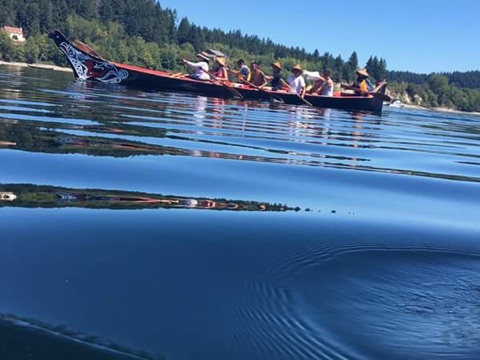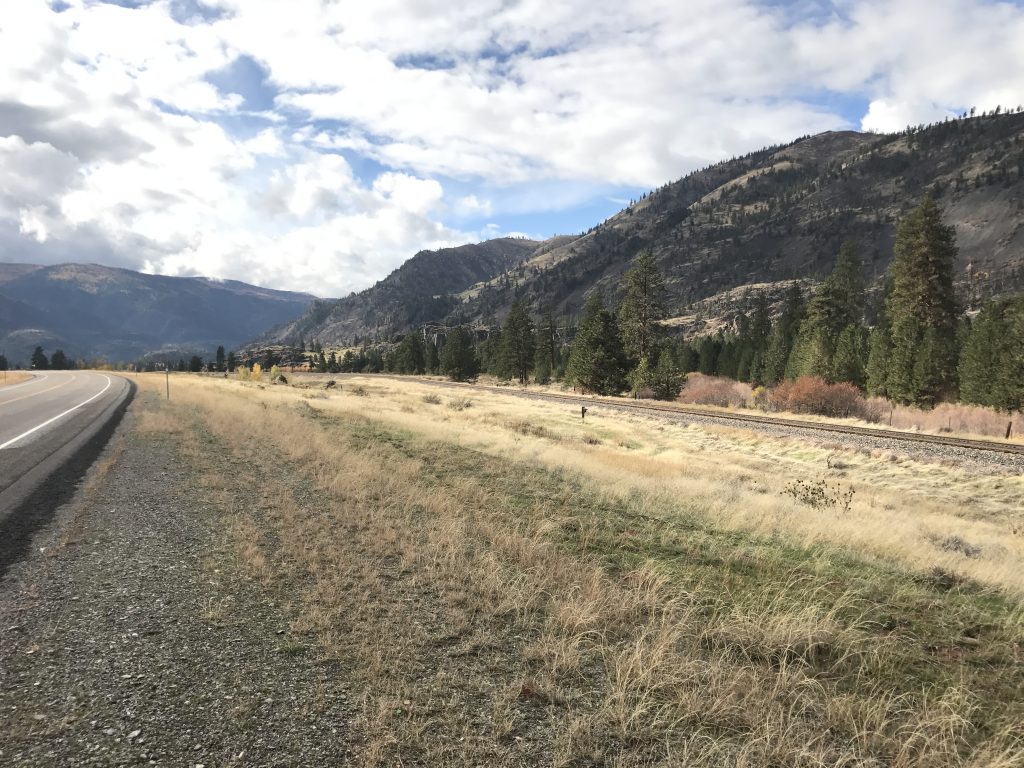News & Events
April 16, 2014
Providing for the health of urban American Indians
The health disparities between urban Indians and the general population are little known, and they are shocking, writes Seattle Times guest columnist Polly Olsen.
In December, the Seattle City Council voted to make a difference in the lives of our city’s urban Indians. Specifically, the council voted to allow the Seattle Indian Health Board to purchase and rehabilitate Leschi Center, where the board has operated a full-service health and wellness clinic for 25 years.This is an opportunity for the Health Board to better serve the 40,000 urban Indians who live in King County. For many, it is the primary source of health care.
But it is only the beginning.
The health disparities between urban Indians and the general population are little-known outside the Native American community.
They are shocking.
In Washington state, American Indian and Alaska Native infants are nearly twice as likely to die as other infants. American Indians and Alaska Natives generally face higher and earlier mortality rates for chronic conditions, such as diabetes and heart disease.
Health disparities are greater because of multiple socio-economic indicators: Urban Indians in cities like Seattle have some of the highest poverty rates and lowest rates of employment and education.
There are also disparities in federal funding. The federal government funds the Indian Health Service, which in turn supports the Seattle Indian Health Board. Urban Indians receive just 1 percent of all federal dollars set aside for Indian health — even though 71 percent of American Indians and Alaska Natives live in metropolitan areas.
With its roots in the Red Power Movement, the Native-led Seattle Indian Health Board is a nationally accredited community health center.
From its beginning in 1970, the Health Board’s model of care for our Native families has been based on the concept of the Native home. We provide or refer clients to medical, dental or social services. Urban Indian clinics across the U.S. have based their services on this model.
This model of a homebase for all health care is mirrored in how the Affordable Care Act, a.k.a. Obamacare, aims to improve health services.
In many ways, the country is following in the footsteps that Native health-care organizations have already walked. Our history gives us insight that might be valuable with medical providers transitioning to the Affordable Care Act.
The Affordable Care Act will also affect the urban Indian community in unanticipated ways. The act increases options for where urban Indians in Seattle can obtain health care. What is potentially lost in this opportunity is the Native cultural continuity that has been essential to the work of the Health Board for 43 years.
We have studied the reasons why urban Indians don’t seek out medical care. Data shows that our community experiences more than economic barriers to medical care. It shows that urban Indians distrust providers, which we attribute to a lack of Native cultural competency.
This is why we sought the City Council’s approval for the Health Board to assume payments and ownership of the Leschi Center. In the coming months, the Health Board will commence the extensive repair of longstanding water damage and the remodel to develop a 21st century Native health care center.
At the renovated Leschi Center, the Health Board will be better able to expand our services for a growing urban Indian community.
In the long run, the health disparities in Seattle’s urban Indian community will not change without the concerted attention of a broad range of partners working with the Seattle Indian Health Board, including federal, state, local governments, tribal governments and urban Indian organizations.
The future health of our urban Indian people depends upon it.
 Polly Olsen, a member of the Yakama Nation, is president of the Seattle Indian Health Board and community relations director for the Indigenous Wellness Research Institute at the University of Washington.
Polly Olsen, a member of the Yakama Nation, is president of the Seattle Indian Health Board and community relations director for the Indigenous Wellness Research Institute at the University of Washington.
Originally published in the Seattle Times, January 23, 2014 at 4:42 PM




